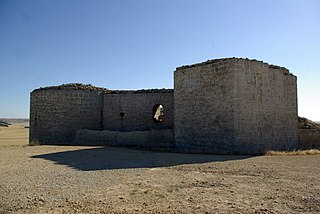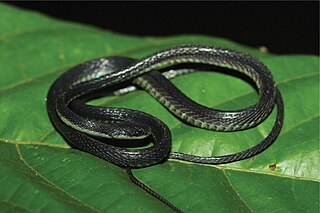
Snakes are elongated, limbless, carnivorous reptiles of the suborder Serpentes. Like all other squamates, snakes are ectothermic, amniote vertebrates covered in overlapping scales. Many species of snakes have skulls with several more joints than their lizard ancestors, enabling them to swallow prey much larger than their heads. To accommodate their narrow bodies, snakes' paired organs appear one in front of the other instead of side by side, and most have only one functional lung. Some species retain a pelvic girdle with a pair of vestigial claws on either side of the cloaca. Lizards have independently evolved elongate bodies without limbs or with greatly reduced limbs at least twenty-five times via convergent evolution, leading to many lineages of legless lizards. These resemble snakes, but several common groups of legless lizards have eyelids and external ears, which snakes lack, although this rule is not universal.

Colubridae is a family of snakes. With 249 genera, it is the largest snake family. The earliest species of the family date back to the Oligocene epoch. Colubrid snakes are found on every continent except Antarctica.

Garter snake is the common name for small to medium-sized snakes belonging to the genus Thamnophis in the family Colubridae. Native to North and Central America, species in the genus Thamnophis can be found in all of the lower 48 United States, and nearly all of the Canadian provinces south of the Northwest Territories and Nunavut—with the exception of Newfoundland and Labrador. They are found from the subarctic plains of west-central Canada east through Ontario and Quebec; from the Maritime Provinces and south to Florida, across the southern and central U.S. into the arid regions of the southwest and México, Guatemala and south to the neotropics and Costa Rica.

Indotyphlops braminus, commonly known as the brahminy blind snake and other names, is a non-venomous blind snake species found mostly in Africa and Asia, but has been introduced in many other parts of the world. They are completely fossorial reptiles, with habits and appearance similar to earthworms, for which they are often mistaken, although close examination reveals tiny scales and eyes rather than the annular segments characteristic of true earthworms. The species is parthenogenetic and all known specimens have been female. The specific name is a Latinized form of the word Brahmin. No subspecies are currently recognized.

Torremormojón is a municipality located in the province of Palencia, Castile and León, Spain. According to the 2004 census (INE), the municipality has a population of 78 inhabitants.

Micrurus nigrocinctus, commonly known as the Central American coral snake, is a species of a highly venomous snake in the family Elapidae. The species is endemic to Latin America from southern Mexico, Central America, to north Colombia. There are six recognized subspecies, including the nominate subspecies described here.
Bailey's blind snake is a species of snake in the family Leptotyphlopidae. The species is endemic to Ecuador.

Dipsadinae is a large subfamily of colubroid snakes, sometimes referred to as a family (Dipsadidae). They are found in most of the Americas, including the West Indies, and are most diverse in South America. There are more than 700 species.

Synophis is a genus of snakes in the family Colubridae. The genus is endemic to northwestern South America.

Synophis bicolor, known commonly as the bicolored shadow snake or the two-colored fishing snake, is a species of snake in the family Colubridae. The species is endemic to northwestern South America.

Synophis calamitus, the calamitous shadow snake, is a species of snake in the family Colubridae. The species is endemic to northwestern South America.

Synophis bogerti, known commonly as Bogert's fishing snake or Bogert's shadow snake, is a species of snake in the family Colubridae. The species is endemic to northwestern South America.

Synophis insulomontanus, known commonly as the mountain shadow snake, is a species of snake in the family Colubridae. The species is endemic to northwestern South America.
Emmochliophis is a genus of snakes in the family Colubridae. The genus is endemic to Ecuador.
Synophis lasallei, also known as La Salle's shadow snake, is a species of snake in the family, Colubridae. It is found in Colombia and Ecuador.
Synophis niceforomariae, also known as Nicéforo María's shadow snake, is a species of snake in the family, Colubridae. It is found in Colombia.
Synophis plectovertebralis, also known as the braided shadow snake, is a species of snake in the family, Colubridae. It is found in Colombia.
Synophis zaheri, also known as Zaher's shadow snake, is a species of snake in the family, Colubridae. It is found in Ecuador.
Tantilla semicincta, the ringed centipede snake, is a species of snake of the family Colubridae.












